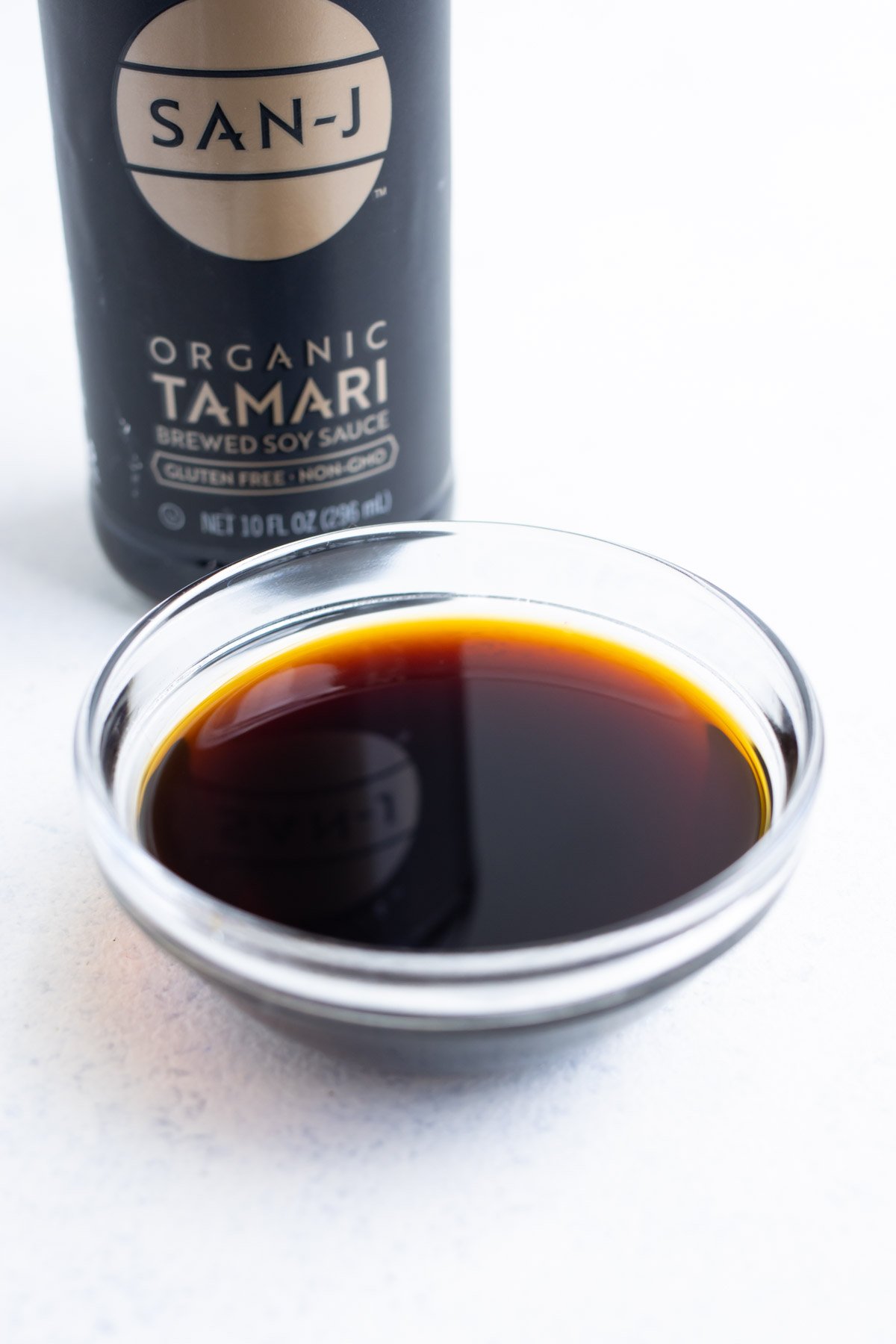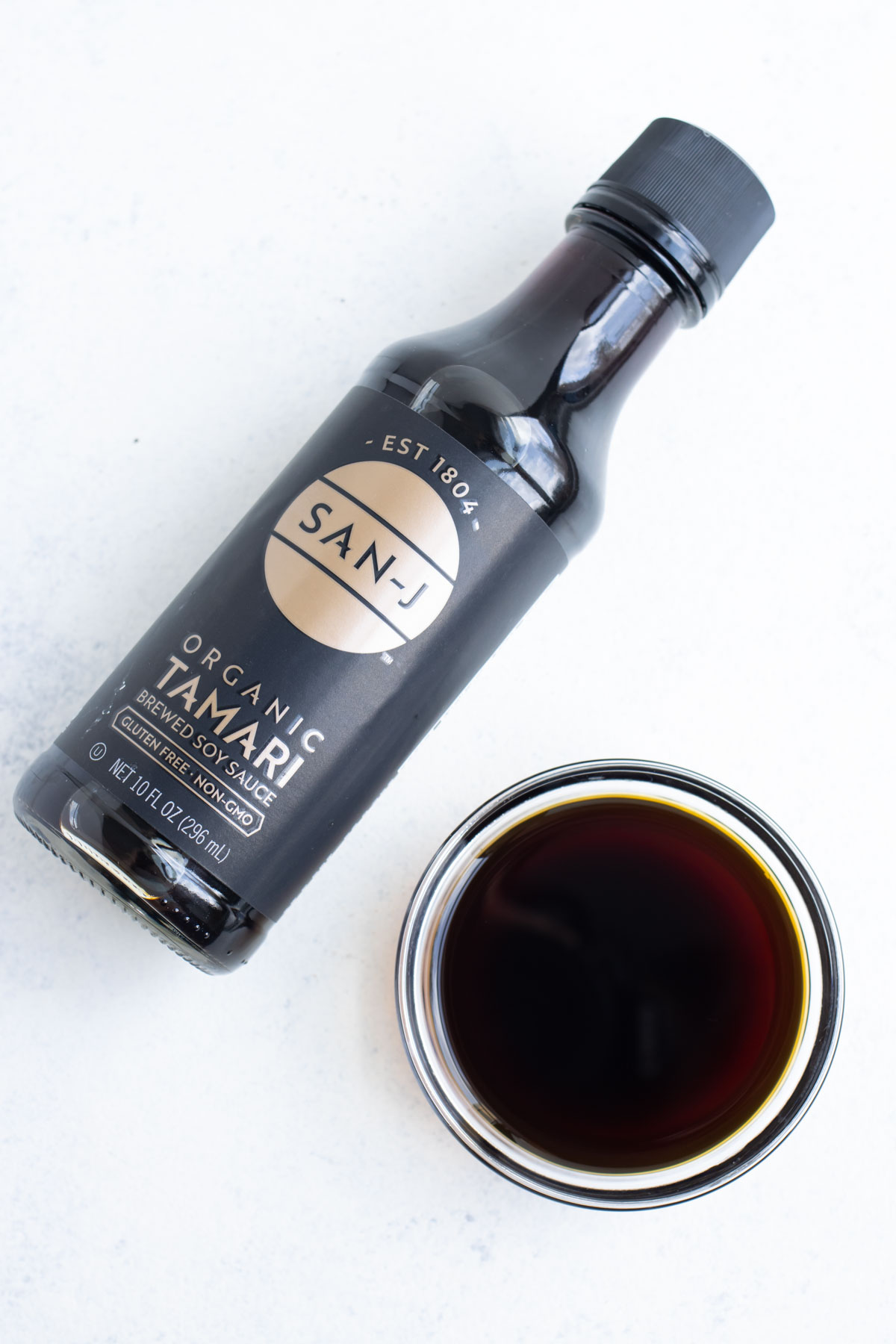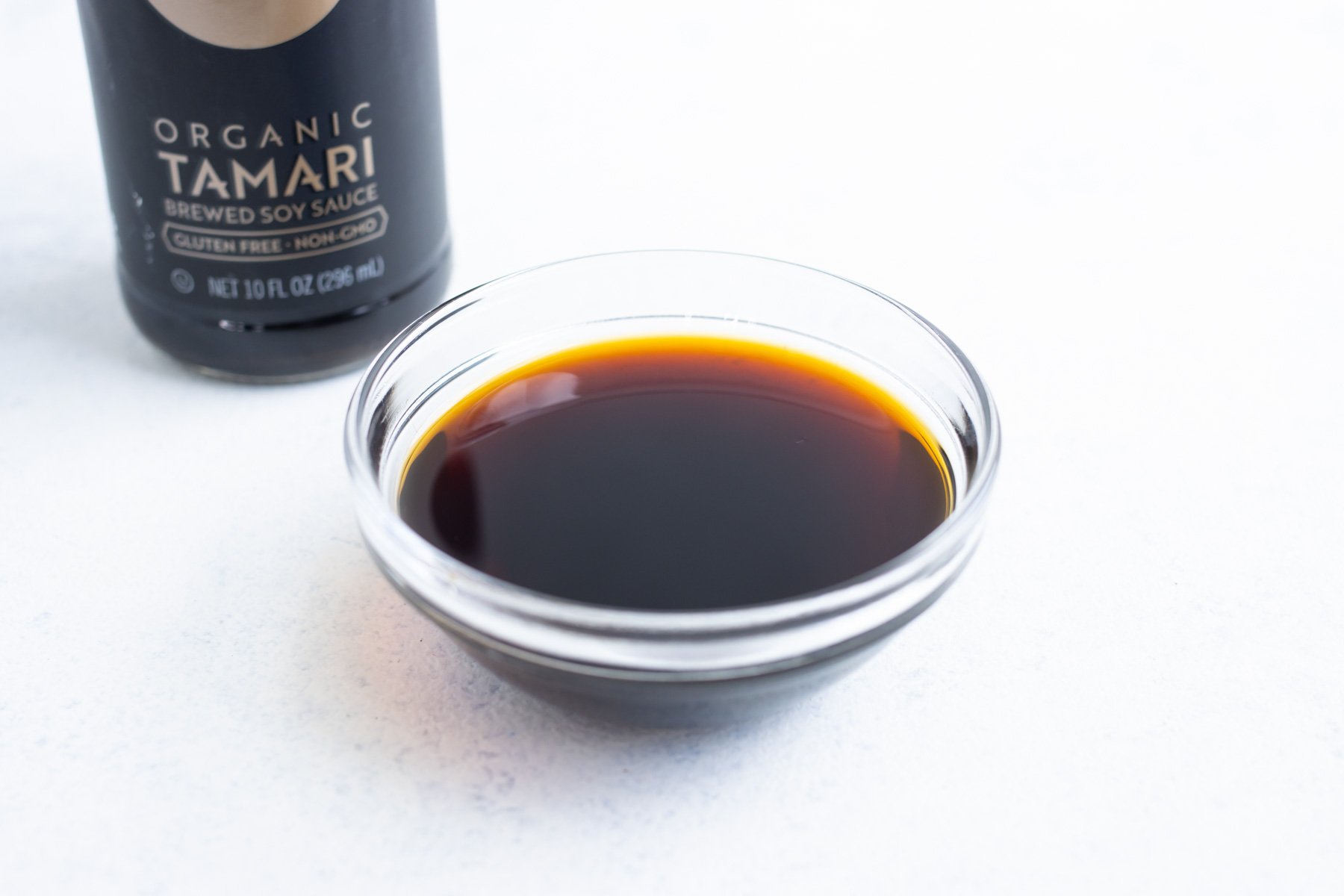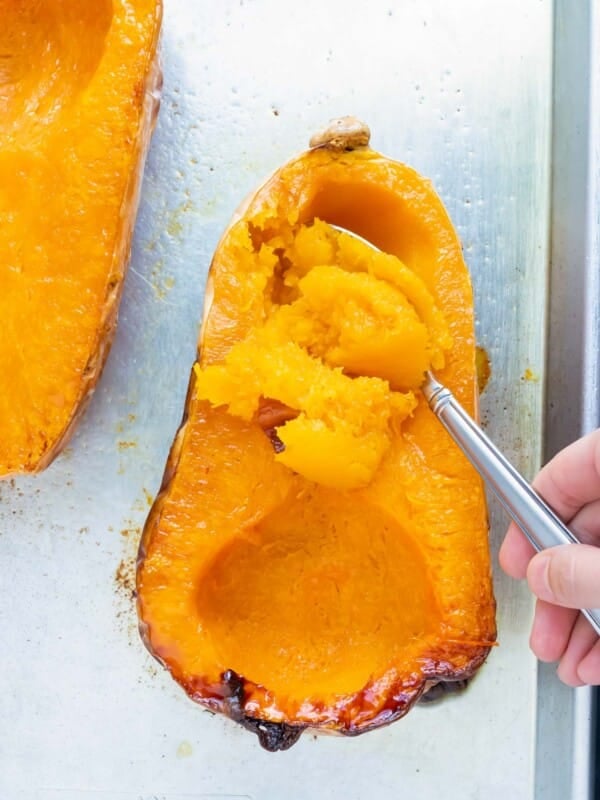What’s the difference between tamari and soy sauce? While these two sauces are both used for Asian cooking, there are slight differences that can change the outcome of your dish. Read along to know which one is healthier. Try out a few new recipes with these sauces to decide which one you like best!

What is tamari?
Tamari comes from Japan and has a thicker consistency than regular soy sauce because it is the liquid byproduct of miso paste. This is among several of good alternatives to traditional soy sauce, especially because it does not have any wheat added during the fermentation process.
Tamari sauce is a gluten-free product, and you can learn more about it in this post, What is Tamari? There, you’ll find answers to questions like how and when to use it and how to store it.
What is soy sauce?
Soy sauce is a dipping sauce, like tamari, and it’s commonly used for sushi. It is made by boiling soy beans in large batches and fermenting them. After boiling, the soy beans are pressed to retrieve the liquid, yielding your traditional soy sauce.
During the fermentation process, ingredients are added to speed up the process. Wheat is the number one additive. It’s best not to eat soy sauce on a gluten-free diet. You can find a gluten-free soy sauce if it’s labeled as such, but it’s not as common in grocery stores, which is why tamari sauce is a great soy sauce alternative. Besides tamari, coconut aminos also make a great gluten-free substitute for soy sauce.

What are the differences between tamari and soy sauce?
Consistency and saltiness are the main differences between tamari and soy sauce.
Tamari is thicker and less salty than Chinese soy sauce. It also has a more balanced flavor (think rich umami flavor) because it doesn’t have that sharp, vinegary flavor.
So if you swap tamari out with soy sauce, use less salt than what the recipe calls for. The inverse is also true: if you use tamari when a recipe calls for soy sauce, you’ll want to add more salt. Because soy sauce has a stronger flavor profile, you’ll want to use less of it when substituting it for tamari.
And lastly, to match the thicker consistency of tamari, you might need to thicken the soy sauce with a bit of cornstarch. However, if you’re substituting tamari for soy sauce, you won’t necessarily need to change the consistency. When people use tamari as a dipping sauce for their sushi, they usually don’t use water to thin it down.
Is tamari or soy sauce healthier?
When it comes down to it, there are slight differences between these two Asian sauces. If you are sensitive to gluten or have celiac disease, then tamari is the safer bet because it does not contain wheat.
While soy sauce has several ingredients in common with tamari, soy sauce tends to have more additives. Read the ingredient list before purchasing soy sauce to make sure it doesn’t contain anything unnecessary, like hydrochloric acid, caramel color, or corn syrup.
Both sauces are low in carbs, high in sodium, and do not have any fat making them great additions to a low-carb or keto diet.

Soy Sauce & Tamari Recipes
Try out these sauces with soy sauce:
With these Asian noodle recipes, you can use either soy sauce or tamari:
- Sesame Noodles
- Japchae – Korean Glass Noodles
- Easy Pad Thai
- Golden Thai Curry Noodles with Coconut Milk
Try these Asian cuisine rice recipes as a main or side dish:














